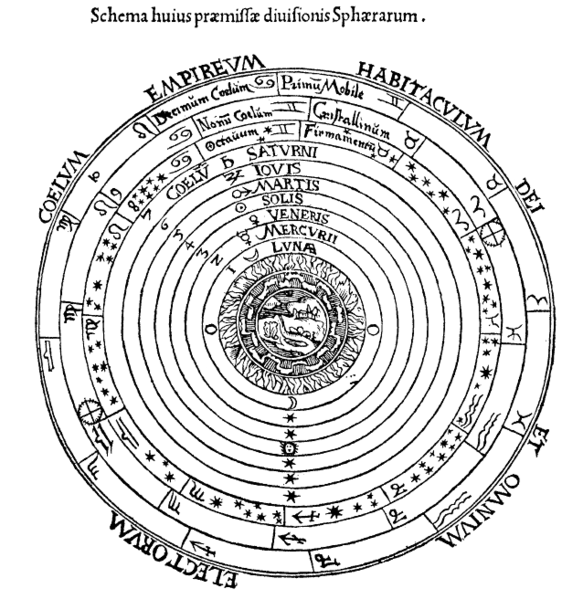FWP:
SETS == A,B; OPPOSITES; WORDPLAY
This verse invokes three different meanings of sāz (see the definition above)-- they are so diverse, yet all three so elegantly allowed for, so clearly invited into the verse, and so cleverly caressed through wordplay.
If we take sāz as meaning 'harmony', we have the paradoxical vision of the lover's aspect as the 'harmony of inharmonious fate'. How punchy and tight it sounds-- sāz-e t̤āliʿ-e nā-sāz . Does it mean the (quote-unquote) 'harmony' of inharmonious fate-- in that it's not really a harmony at all? Or does it mean that it's in harmony with inharmonious fate, such that it too is inharmonious?
If we take sāz as meaning 'musical instrument', the lover's form is itself the instrument on which 'inharmonious fate' plays its 'music'. It's passive and helpless in the hands of fate, but it can still wince at the terrible sounds being played on it. And perhaps it is like an instrument with a broken string, and thus doubly inharmonious.
If we take sāz as meaning 'maker', as Faruqi does, we have the lovely reading that he explains so eloquently.
In all three cases, we have the impressive variety and interconnectedness of the wordplay, as Faruqi points out. It's so dense you have to feel your way through it like a jungle. Almost every word in the verse is involved, and in not one but at least two or three of the possible readings. (On goyā in particular, see {5,1}.)
And in addition to everything else, we have to decide for ourselves the relationship between the two 'A,B' lines. Do they describe the same situation, through two different but related metaphors? Or do they describe two different situations, which are parallel in some ways (but perhaps contradictory in others)? And in this case, what are the significant parallels (or differences)? After all, the 'aspect/form of the lover' and the 'lament' might have some quite different features in their destinies.
The second line also surely invokes the Pythagorean 'music
of the spheres'. Pythagoras observed that vibrating strings produce harmonious
tones when the ratios of the lengths of the strings are whole numbers; this
was part of his mysticism of the mathematics of music, which made such
resonances a sign of cosmic harmony. His work was well-known in the medieval
Islamic world, and it's so suited to Ghalib's purposes that it's hard to believe
that he wouldn't mean subtly to invoke it in a verse like this. Turning the whole cosmic
harmony inharmonious in the lover's case is in fact exactly the kind of thing
Ghalib would imagine. And he does it with such a deceptive ease and unobtrusiveness!

Nazm:
At the hands of 'inharmonious fate', like a harmonious organ, the aspect of the lover is entirely complaint and lament. Thus his lament is, so to speak, the voice of the circling of the planets, because the circling of the planets and inharmonious fate are causes for complaint and lament. The word ʿushshāq in this place is a word of ẓilʿa for sāz . In the Persians' music, muqām-e ʿushshāq is the name of a melody [rāg]. (155)
== Nazm page 155